Communication Skills: Models, Methods, and Effectiveness in Business
VerifiedAdded on 2023/02/03
|12
|703
|88
Report
AI Summary
This report provides an overview of the significance of communication skills in business organizations. It explores various communication models, including Schramm's Interactive Model and Dance Helical Spherical Model, highlighting how these frameworks facilitate information exchange within a business structure. The report delves into different communication methods, such as verbal, non-verbal, visual, and electronic methods, and examines the benefits of both formal and informal communication channels. Furthermore, it outlines essential principles for effective communication, including simplicity, planning, clarity, relevance, and feedback, emphasizing the importance of these elements in ensuring messages are delivered accurately and efficiently. The report concludes that strong communication skills are vital for both individual and organizational success, enabling timely task completion and fostering a conducive environment for effective information flow. Proper communication channels and models are crucial for ensuring that the right information reaches the right people at the right time, ultimately contributing to organizational efficiency and success.
1 out of 12
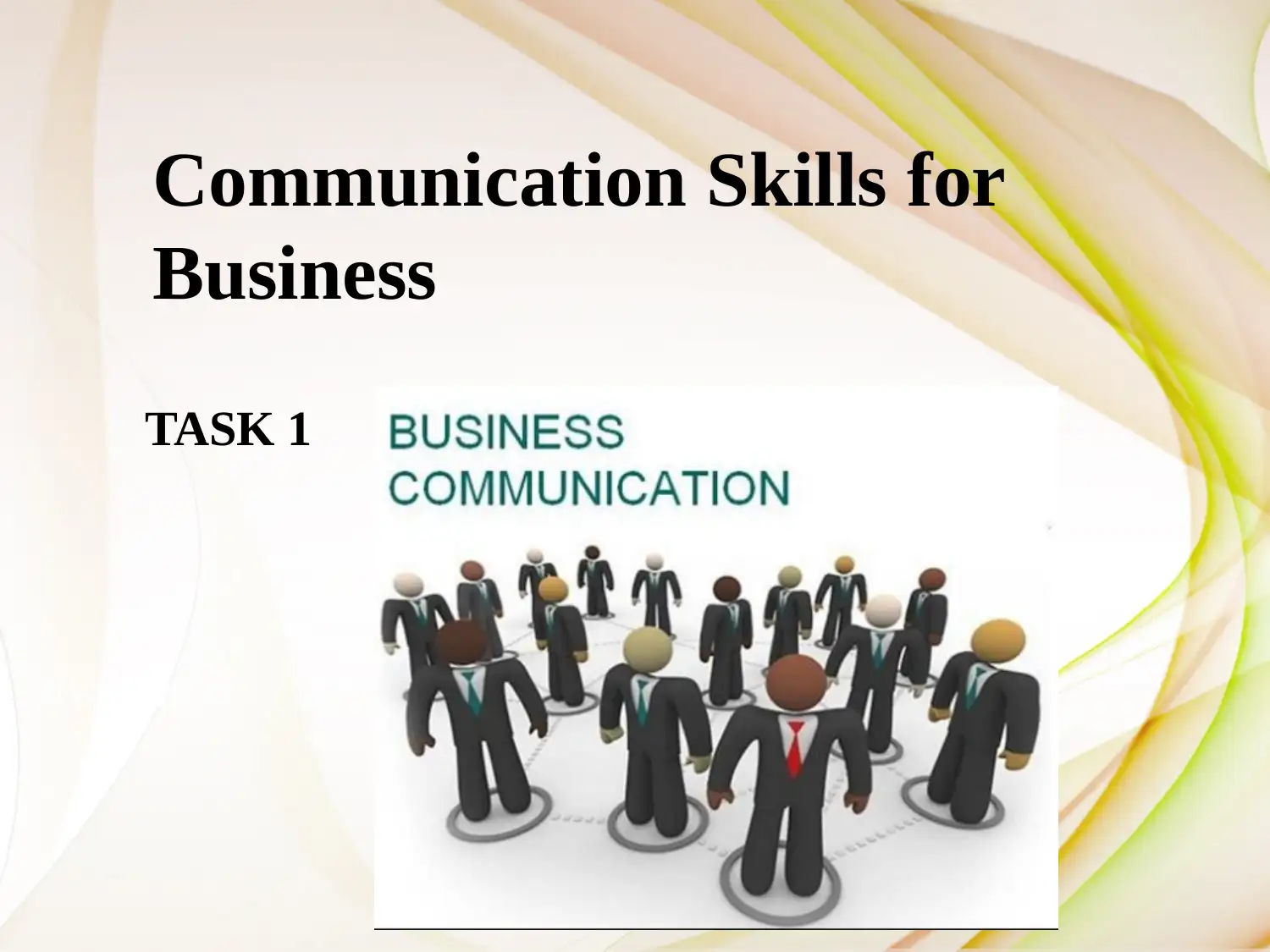
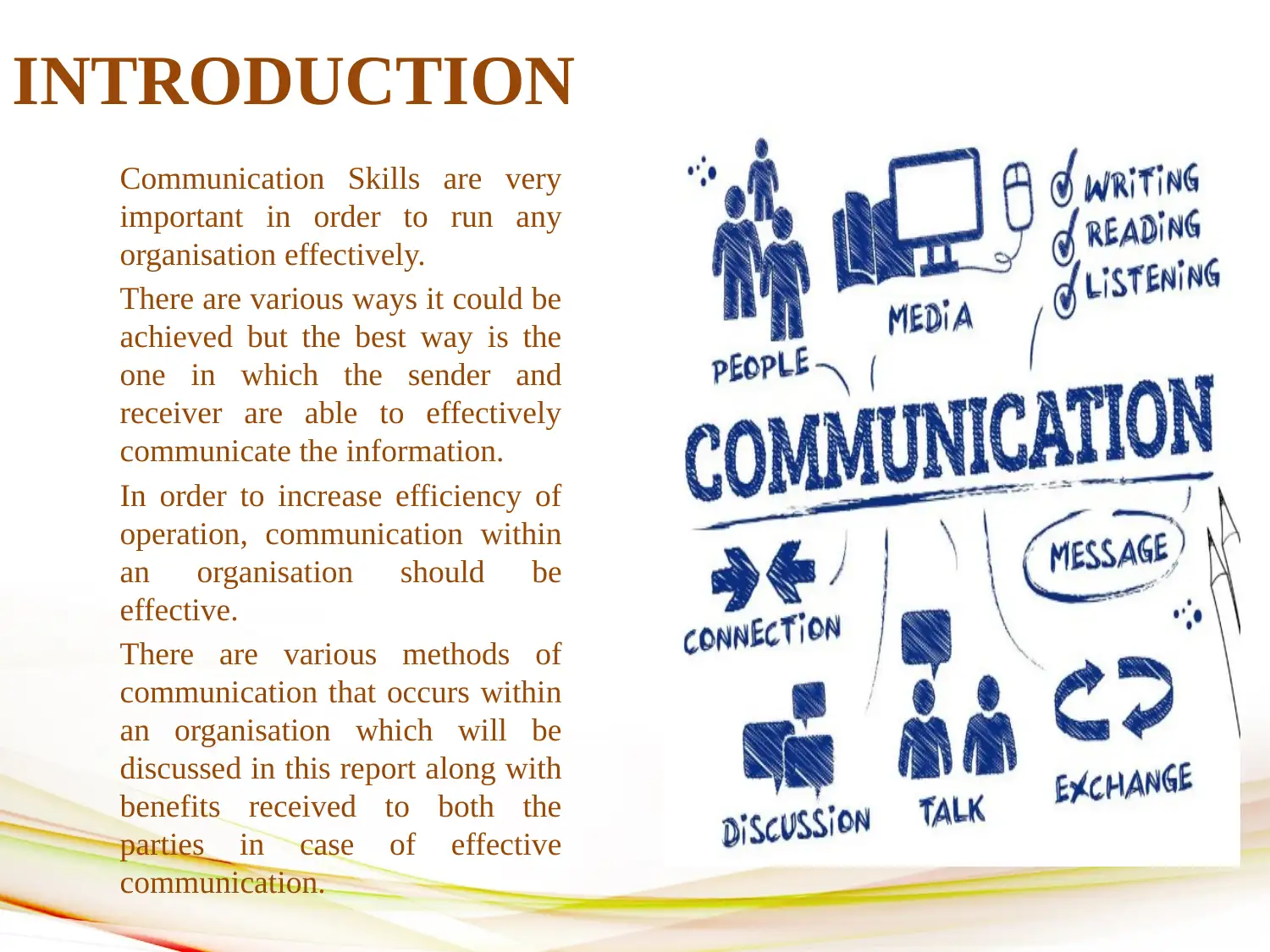
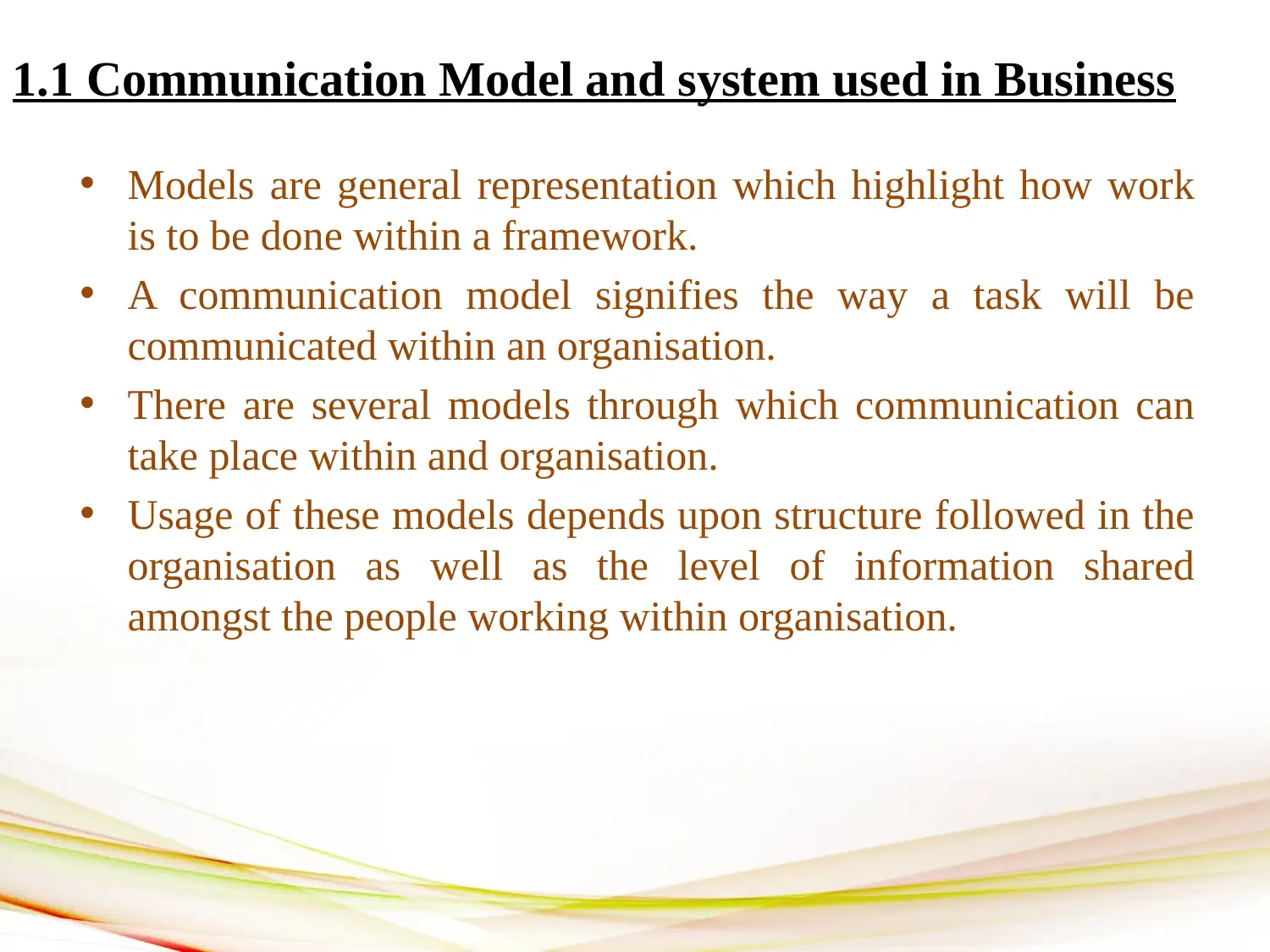

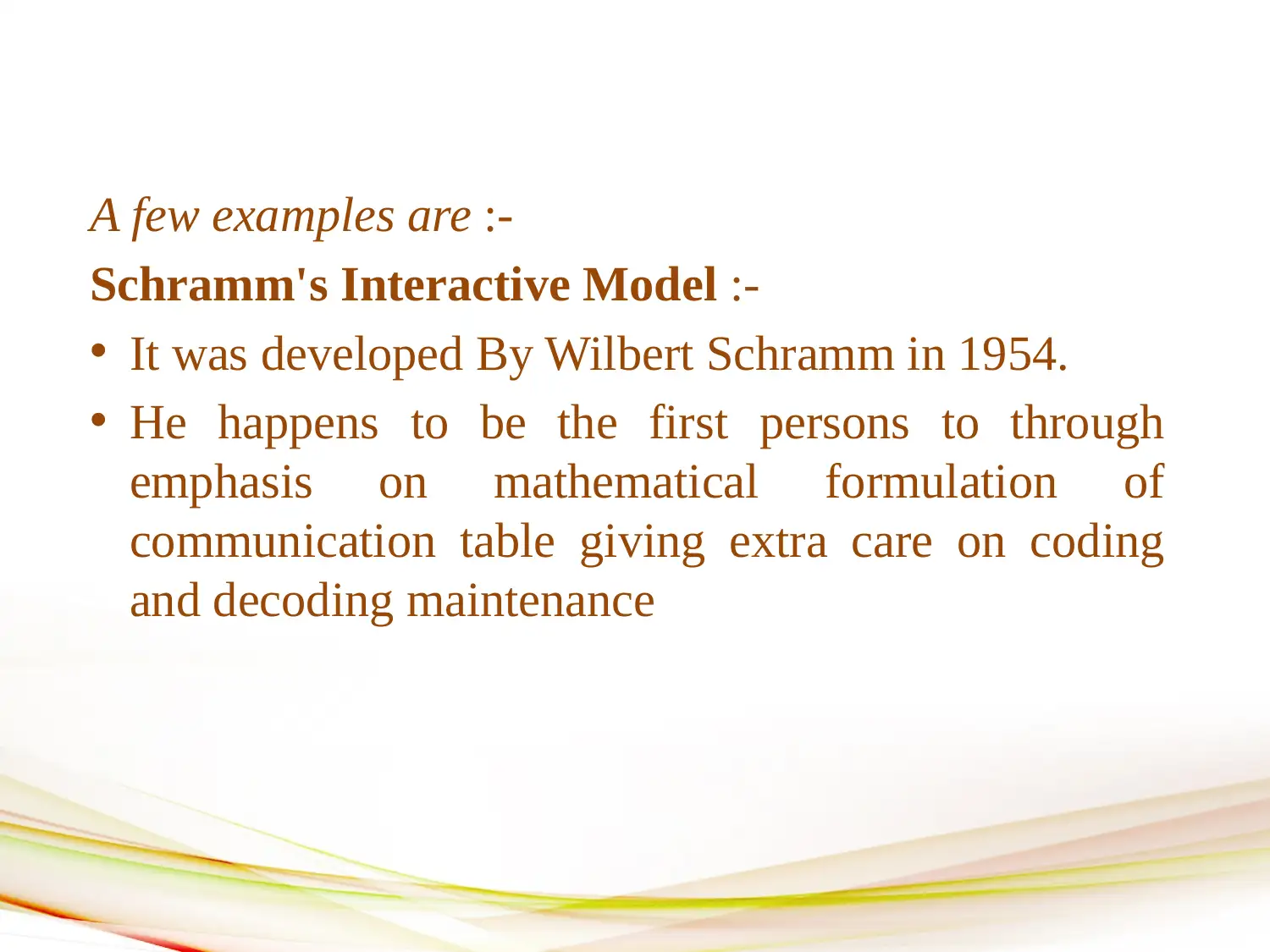
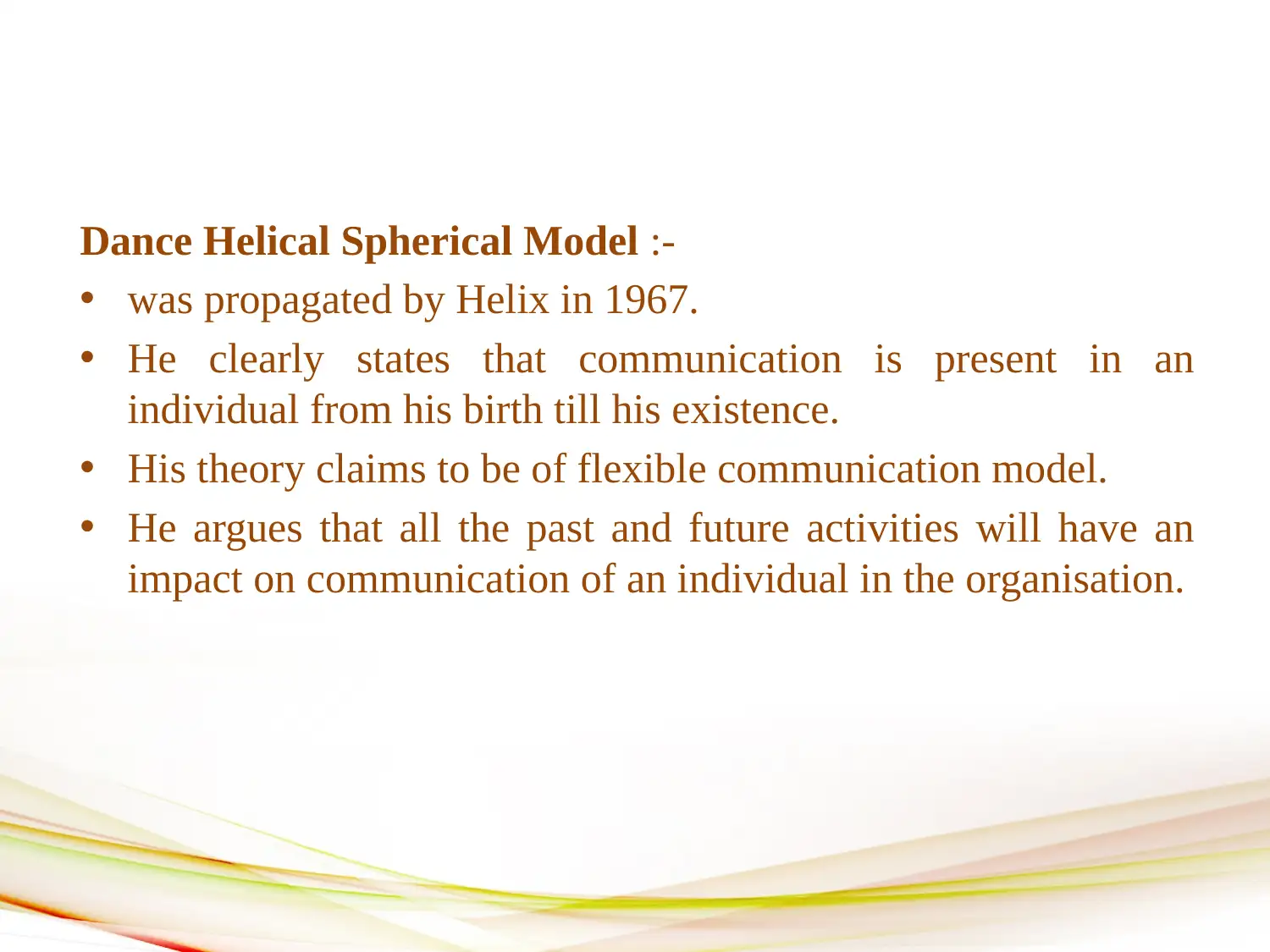
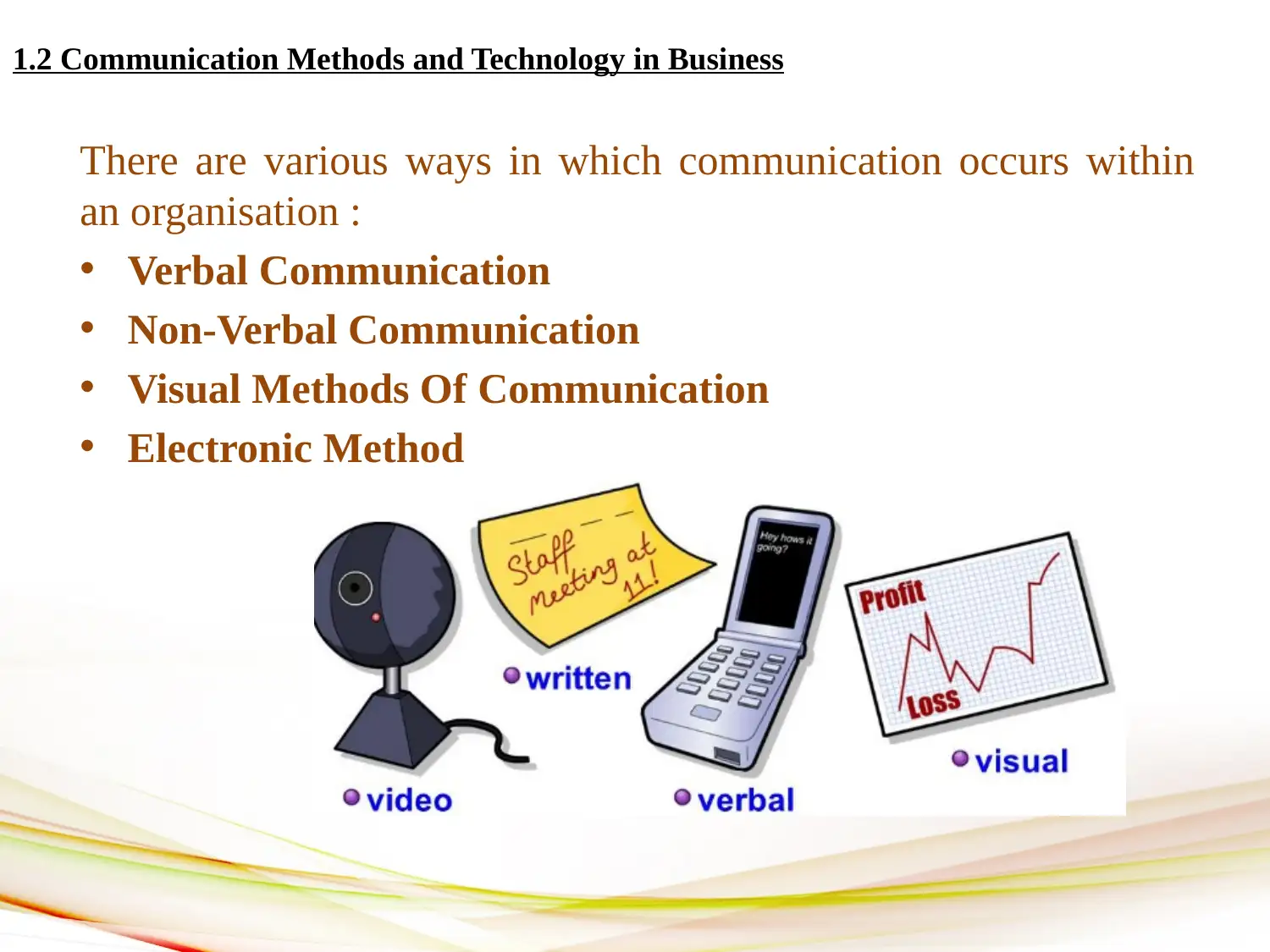
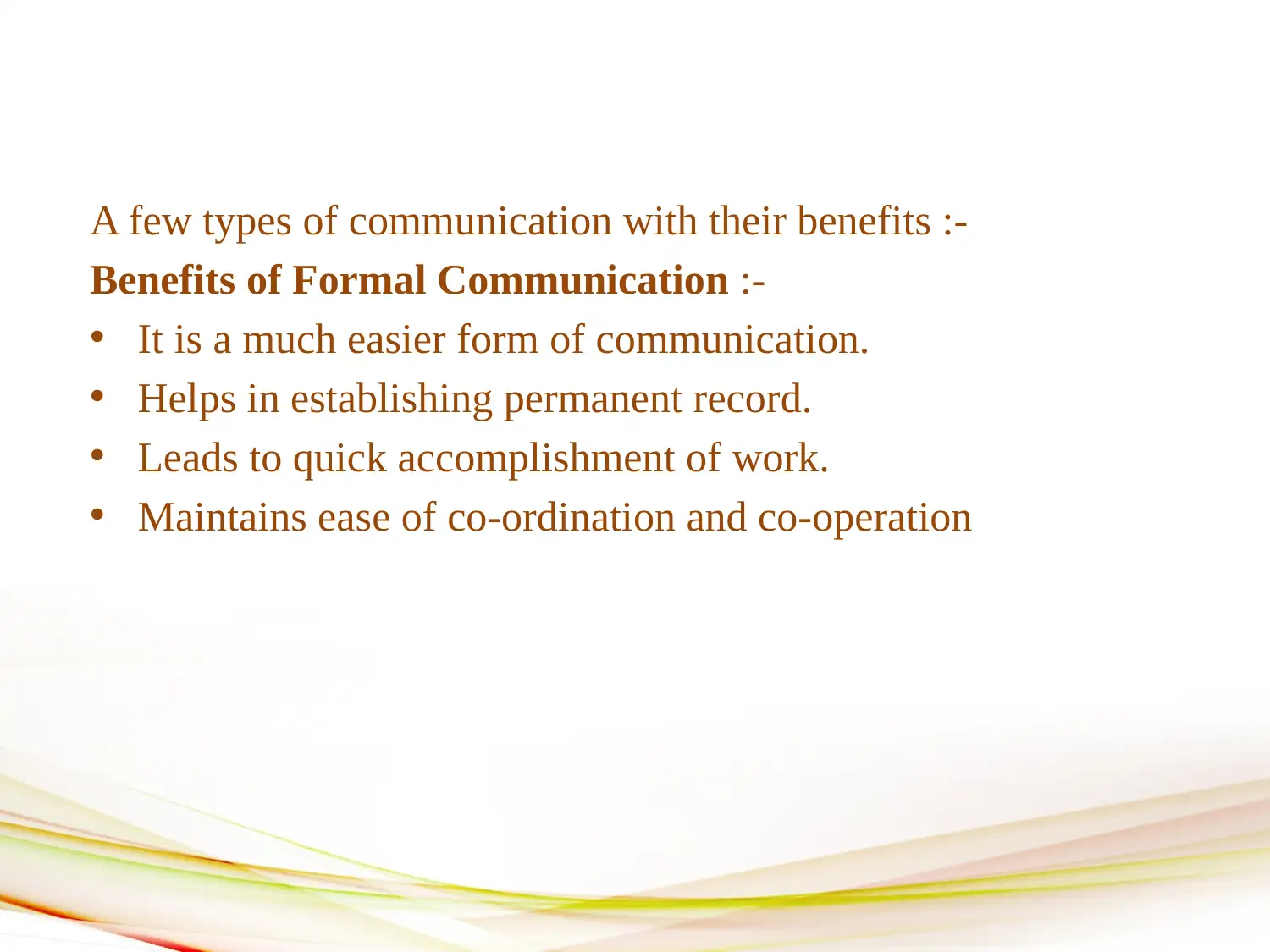
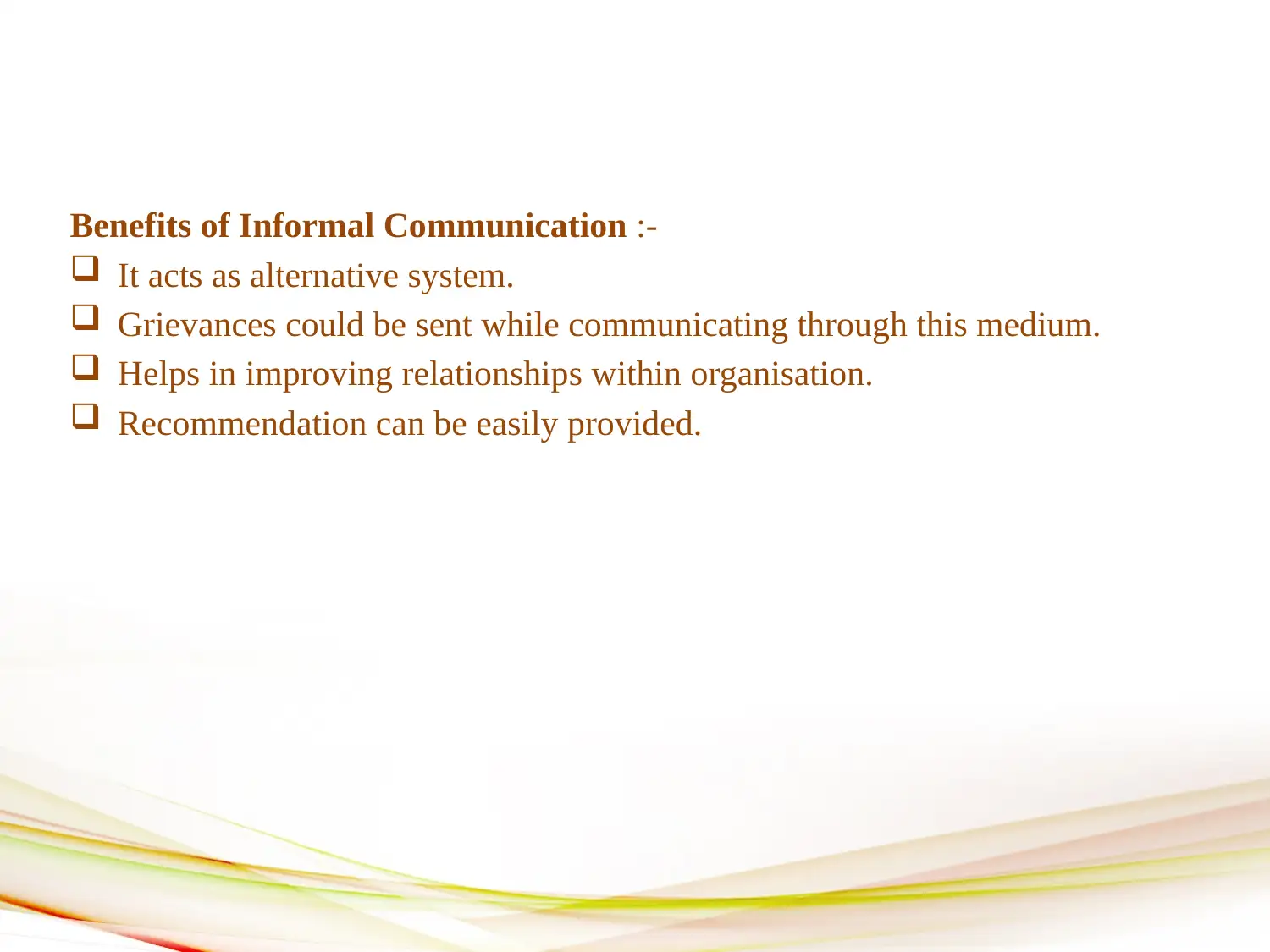
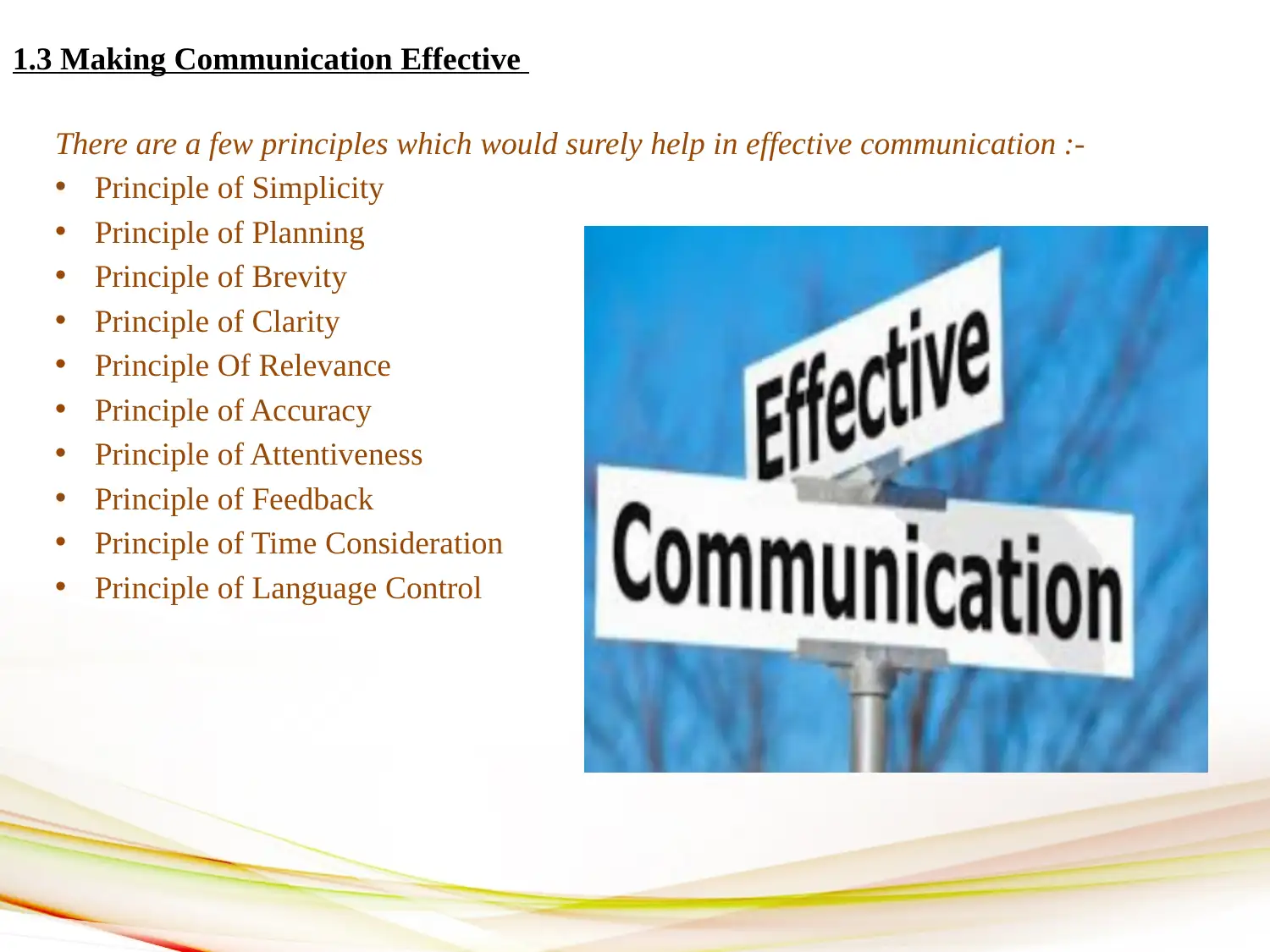
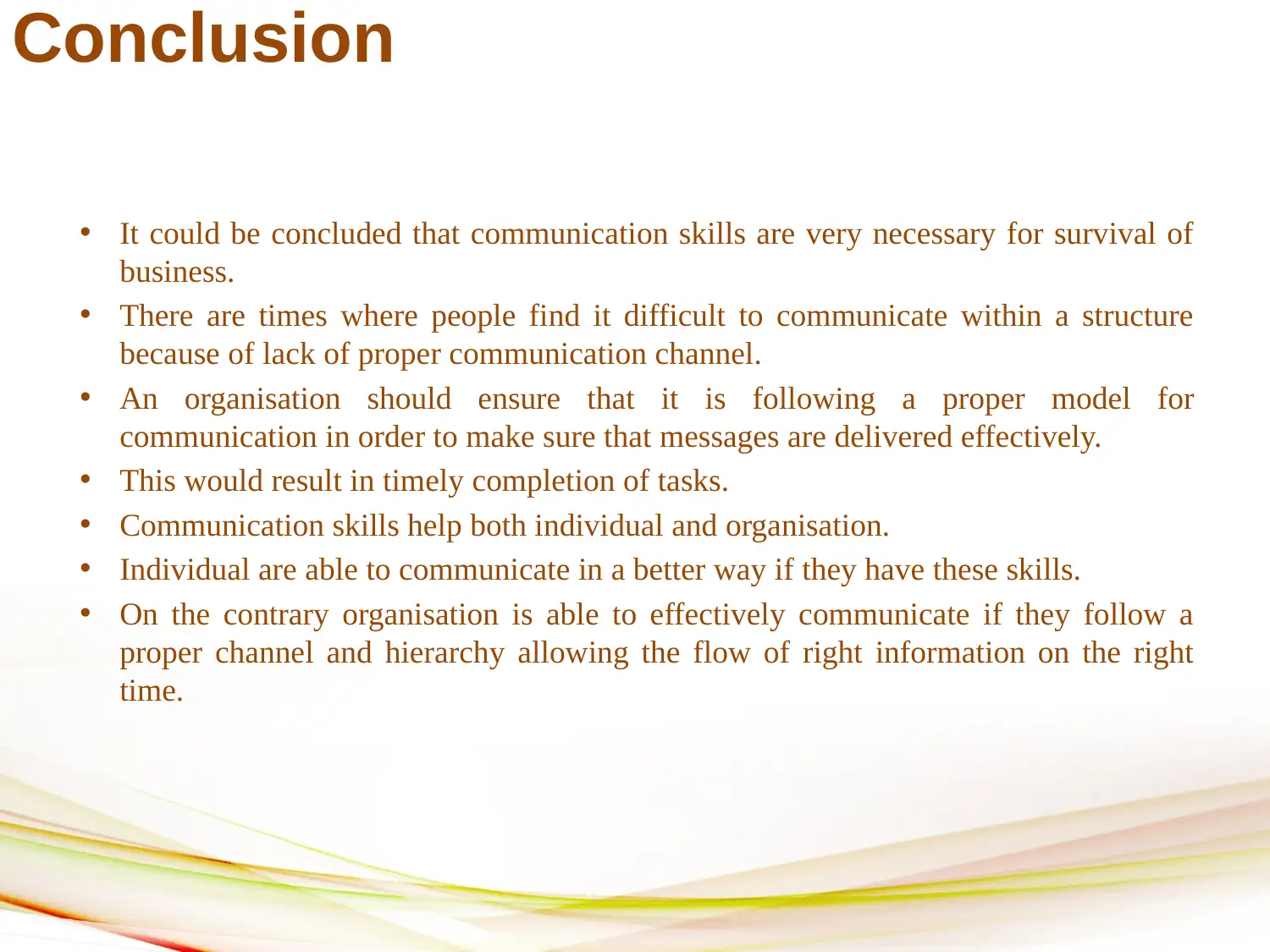
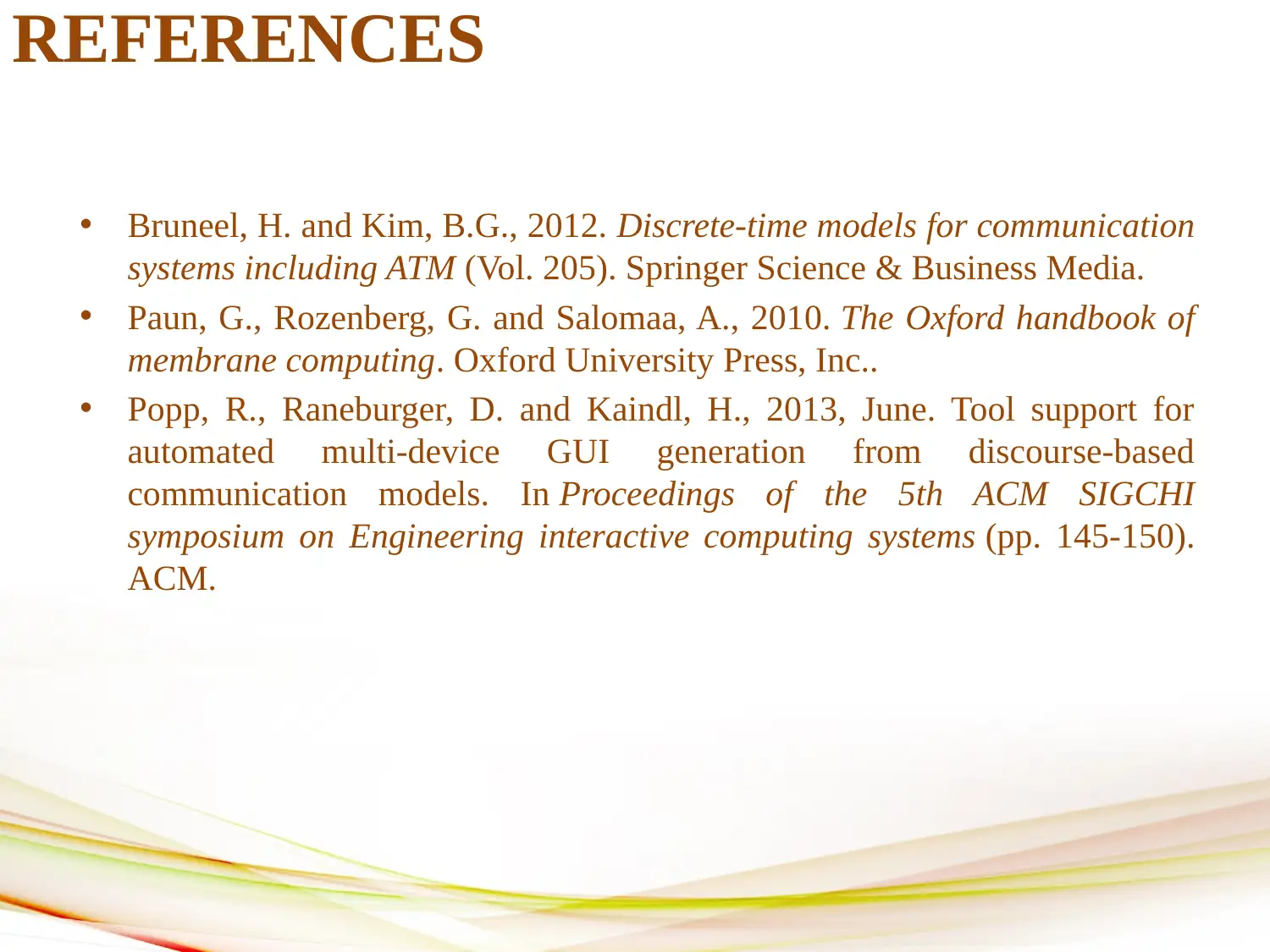







![[object Object]](/_next/static/media/star-bottom.7253800d.svg)